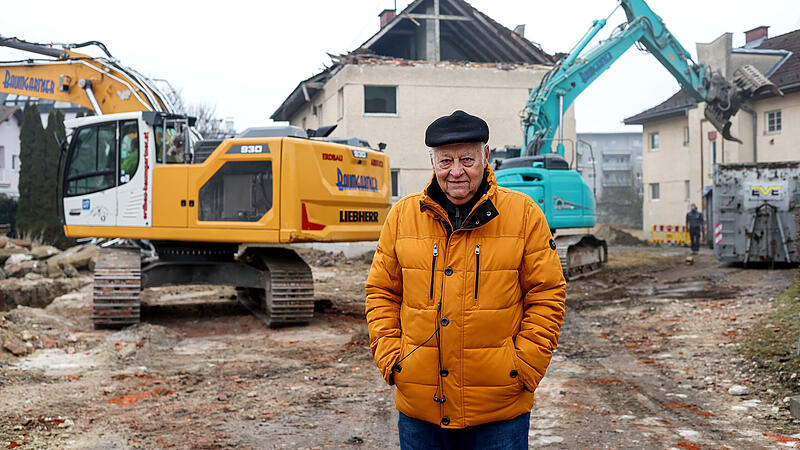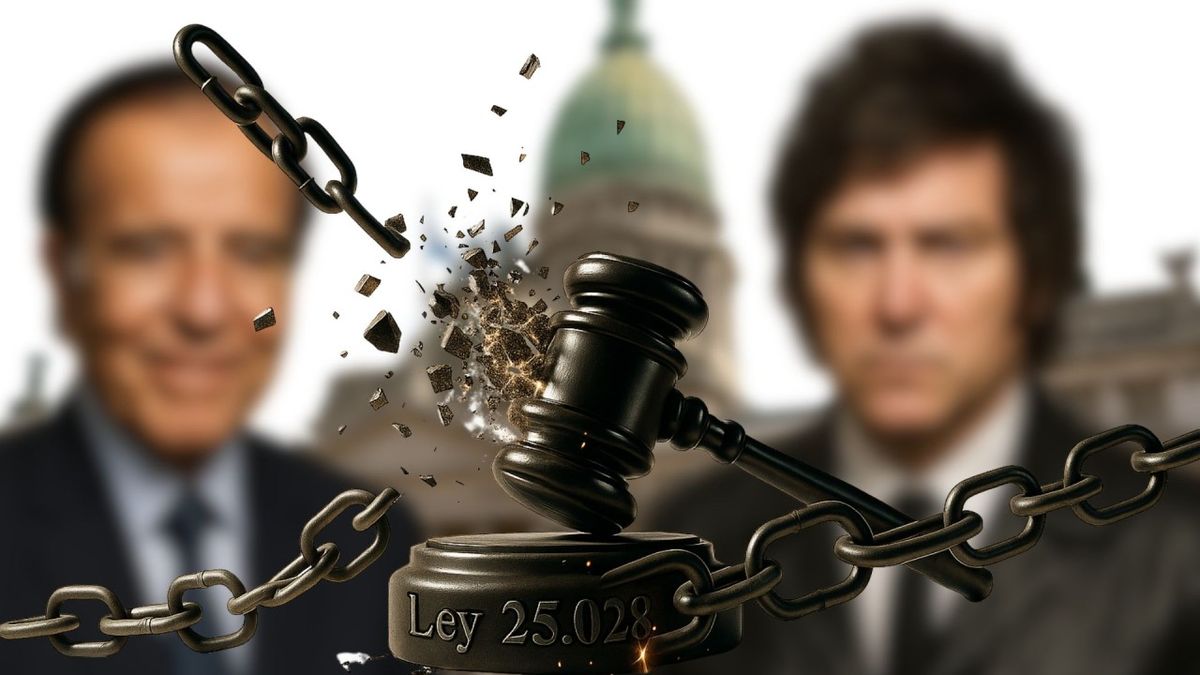Image: VOLKER WEIHBOLD
Last week the excavators moved into Sintstrasse. Carefully and thoughtfully, they tore down the first two buildings of the once listed former workers’ settlement, piece by piece. It almost seems as if the excavator drivers themselves have the utmost respect for the history of the buildings that they are now razing to the ground.
There is an older gentleman standing on the sidewalk across the street. He watches the demolition sentimentally. He observes wordlessly and has isolated himself from the noise of the outside world with earplugs.
You might also be interested in: The excavators arrive on Sintstrasse
The man’s name is Adolf Vitale. He will be 85 years old in May this year. He was born and raised in one of the houses across the street.
“I was born there in the apartment with the corner window. In the ’39 year. It’s a shame when you see it like that. I actually wanted to buy one of the houses. Back when the offer was available 17 years ago.”
He would have preferred to buy the house in which he was born. But then the offer fell through, the owner, the city of Linz, sold to the GWG in 2008, and the non-profit housing company of the city of Linz in turn sold it. Afterwards, the museum settlement fell into a twilight sleep – due to the lack of a fresh idea for a new use. This then came in 2020 with the sale to Strabag (see info box).
“For the subsistence level”
Almost 100 years after the first people moved into the settlement on Sintstrasse, seven of the 18 buildings are being torn down. Those buildings that the city planner Curt Kühne designed in the interwar period. The colony of houses in which the poorest workers once found a home – a small one, but with a large green space – with a so-called garden in the middle. “Residential houses for the subsistence level were generously placed in a green space”says the Monuments Office, which has given up its protectorate of seven buildings. And further: “The houses with their simple, yet very sensitively designed design language show that even forced modesty can appear noble.”
Adolf Vitale knows exactly what this forced modesty looked like…
“There were six of us and we had two rooms, each 12 square meters – a bedroom and the kitchen. The toilet and water rooms were outside. We carried the mattresses down to the basement in the morning and up again in the evening so we could go out during the day.”
Memories that come back
His father, a native of Udine, Italy, was one of the first tenants. He moved in in 1927, the year it was completed. The windows were then installed in 1928. Vitale’s father stayed in Austria, in Salzburg, after the First World War. He then moved to Linz with his wife. Where then, a few months before the Second World War broke out, Adolf Vitale was born.
“Over there”Vitale points to the football field behind the ensemble, where the Blau-Weiß Linz youth train…
“…there were once two large barracks there. For the prisoners. There were the French in one, the Russians in the other. They had to work in the shipyard. It was hard to see, they were beaten. Terrible. My mother always cooked potatoes, which my older brother and I gave to the prisoners. And when the upheaval came, after the end of the Second World War, the former prisoners had not forgotten us. We had the basement full of food. Because we helped them.”
“Those are just the kind of memories that come back to you when you stand here and look over”says Vitale. He still lives around the corner today and has never left the area. He worked in the shipyard for 40 years. “That was practical”, he says. And luck. Because the labor shortage was great. “But I went to school with the principal’s son, and that helped me.” He started working there in 1953. And he stayed until the end. Like today. Because: “When the excavators are gone, I’ll take a look at my old apartment”, he says. She’s in one of those buildings that won’t be torn down.
The historic workers’ settlement
The workers’ settlement built on Sintstrasse in 1927 by Curt Kühne, architect and city planning director of Linz, is still considered a unique urban development today. The overall effect is more of a park than a residential complex, with the 18 free-standing, two-story houses forming an ensemble. Built by the city of Linz on city-owned property, the Anger forms the center of the area around which the residential buildings were built.
The generous open spaces compensate for the fact that the eight apartments per house were only 24 square meters in size. In 2008, the city of Linz sold the area to the GWG, which sold the majority of the workers’ settlement to Strabag in 2020. The project that is now being implemented involves the renovation of the eleven residential buildings around the Anger. Seven houses on the edge will be demolished and new residential buildings will be built there.
My themes
For your saved topics were
new articles found.

info By clicking on the icon you can add the keyword to your topics.
info
Click on the icon to open yours “my themes” Page. They have of 15 keywords saved and would have to remove keywords.
info By clicking on the icon you can remove the keyword from your topics.
Add the topic to your topics.
Source: Nachrichten




